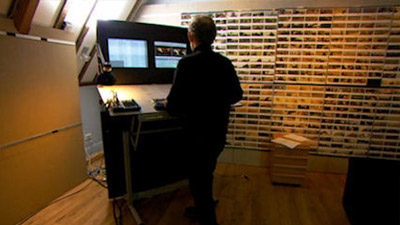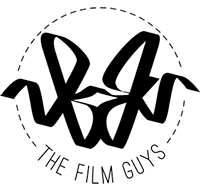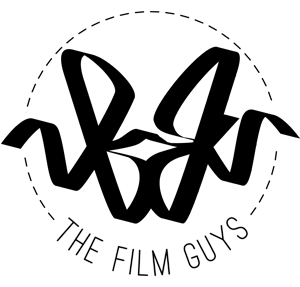
Imagine Psycho without that iconic shower scene, or Raiders of the Lost Ark without the rolling boulder: editing is one of the most important aspects of putting together a film.
Editing serves to enhance the viewers viewing experience- it elevates the narrative onto another level where the action ties in with the story being told. Editing, or ‘post production’, is a crucial part to telling a story that is both visually stimulating and smooth in its narration/ progression.
In a June 2012 edition of Editors Guild Magazine a list of the seventy-five best edited films was published. The ‘Top 10’ included:
1. Raging Bull (1980)
2. Citizen Kane (1941)
3. Apocalypse Now (1979)
4. All That Jazz (1979)
5. Bonnie and Clyde (1967)
6. The Godfather (1972)
7. Lawrence of Arabia (1962)
8. Jaws (1975)
9. JFK (1991)
10. The French Connection (1971)
11. Let’s take a closer look
12. Film, being something that is made to appeal to masses worldwide, does ultimately cater to personal taste. There are countless editors and film academics with their own thoughts on what makes a well edited film. Classics, like the list above, do tend to feature more as they stem from Hollywood’s golden era- when there was almost a template to which most filmmakers produced work.
13. Modern Editing Gems
14. Much like Hitchcock, Spielberg, and Kubrick, to mention but a few, modern filmmakers have proved that editing is a technique that progresses with time, and is constantly re-invented. Let’s look at these examples.
15. Gravity (2013), Alfonso Cuarón and Mark Sanger:
Last year’s film about a medical engineer, and an astronaut, who land up adrift in the middle of space was a true cinematic marvel in many aspects, it’s editing being one of them. Think of every time the debris circulated past the protagonist, or the scene where she passes out and hallucinates about seeing George Clooney’s character again. It kept you on your toes and made you look down every now and then.
In an interview by Frame of Reference Sanger states, “Editing is story-telling. The process is always driven by the script and the Director’s vision. The story evolves from the moment the cameras first turn-over. That is part of the thrill of editing. So from a practical point of view it is always good to keep every take, performance and option freely available and to hand [so that the] director always has the flexibility and confidence to shape the story into its very best possible form.”
16. Django Unchained (2012), Fred Raskin:
This slave revenge epic, about a German bounty hunter, and a freed slave setting out to rescue his wife from a plantation owner, once again highlighted Tarantino’s signature narrative. The countless shoot ‘em up scenes, and the grand explosion at the end of the film showcase the elaborate jump cutting editing technique, that we’ve grown to love in his work.
17. Like a needle and thread does with a garment, editing ties together a film. The editor ultimately chooses what the viewer will see, and how he/ she will ‘consume’ the narrative.
Written By
Johann Huebsch

